Have you ever wondered why IMAX enthusiasts insist on finding the best theater to watch a “Shot With IMAX Film Cameras” movie? What does the term 15/70 mean? And how is it important for your viewing experience? Also, why IMAX film is equivalent to 18K of resolution? And what’s the connection to Christopher Nolan’s Oppenheimer?
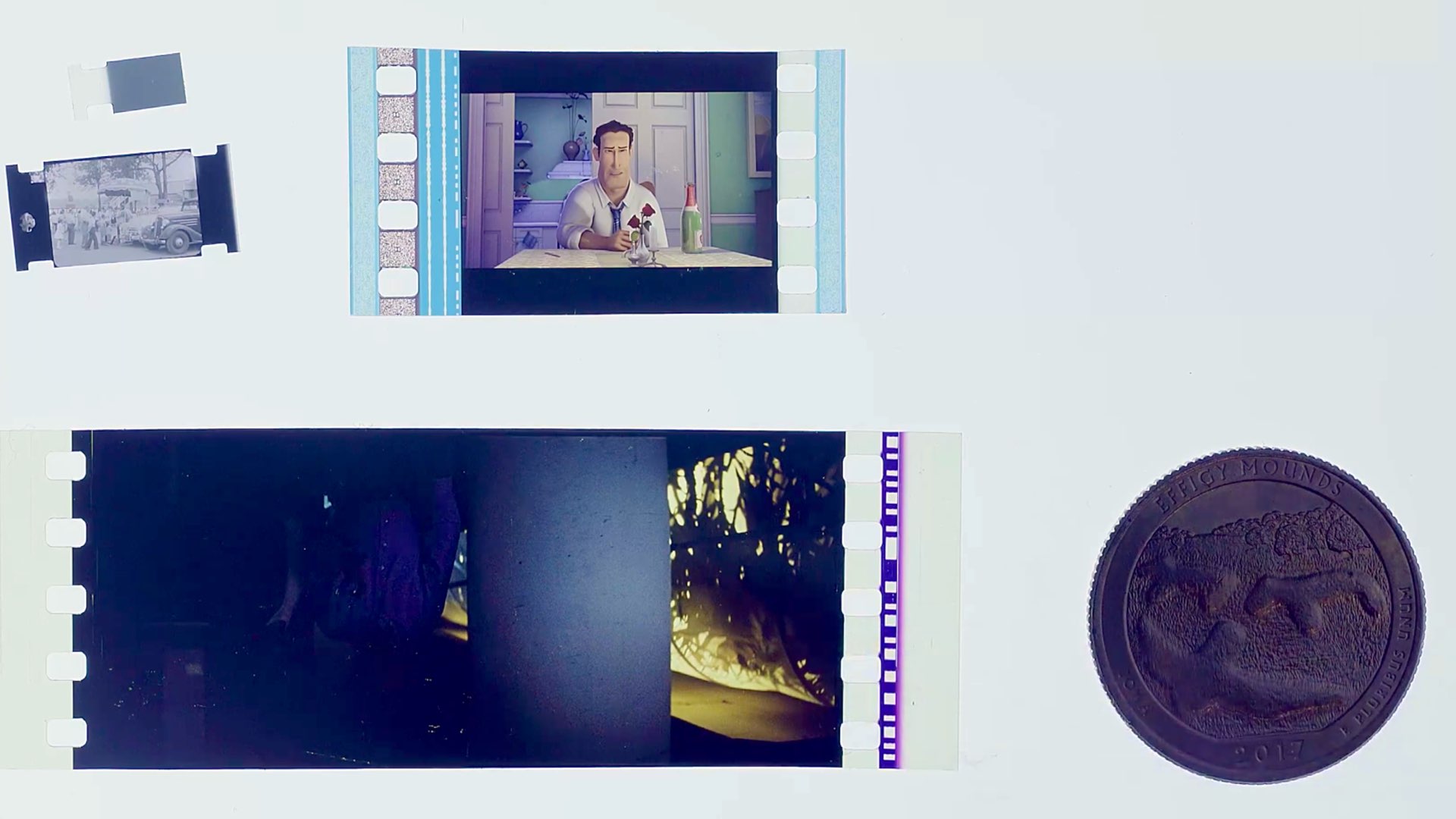
Oppenheimer’s declaration
The most anticipated film of 2023 is definitely Oppenheimer. We wrote a series of articles about this next Christopher Nolan masterpiece. Unlike any other IMAX projects which are being shot on IMAX-certified cameras, Oppenheimer was filmed with true IMAX beasts. Hence, it’s defined as “Film on IMAX Cameras” or “Shot With IMAX Film Cameras” rather than “Filmed for IMAX”. Moreover, at the end of the trailer, it clearly states: “In theaters with special engagements in 70mm, 35mm, and IMAX film”. Basically, that means the film was shot with a variety of film stocks, including specially made Black & White IMAX, combined with 35mm, and 70mm (non-IMAX) film sticks. Confused? A very neat video titled “Why Oppenheimer on IMAX 70mm film Is a big deal” explains that very well. Check it out below:
Why does IMAX 70mm film a big deal?
The video demonstrates film sizes of 70mm, and 35mm, compared to 16mm and even 8mm. But more importantly, the size of 15/70 is shown as superior to the other stocks. The number 15 indicates perforations. In 35mm you have 4 perforations. In 70mm (non-IMAX) there are 5 perforations. However, the IMAX frame comprises 15 perforations which is huge. The video proves (very well, BTW) that real IMAX film can not be compared to other formats. Moreover, a massive 15,000 Watt explosive Arc Lamps are required to illuminate the 5.5 feet per second of film flying by (or 3.5 Mph), since those 15 perforations need to run at the same frames per second (24 fps) as 35mm. In IMAX film cameras there’s a vacuum that helps this huge film stock run inside the box/magazine.
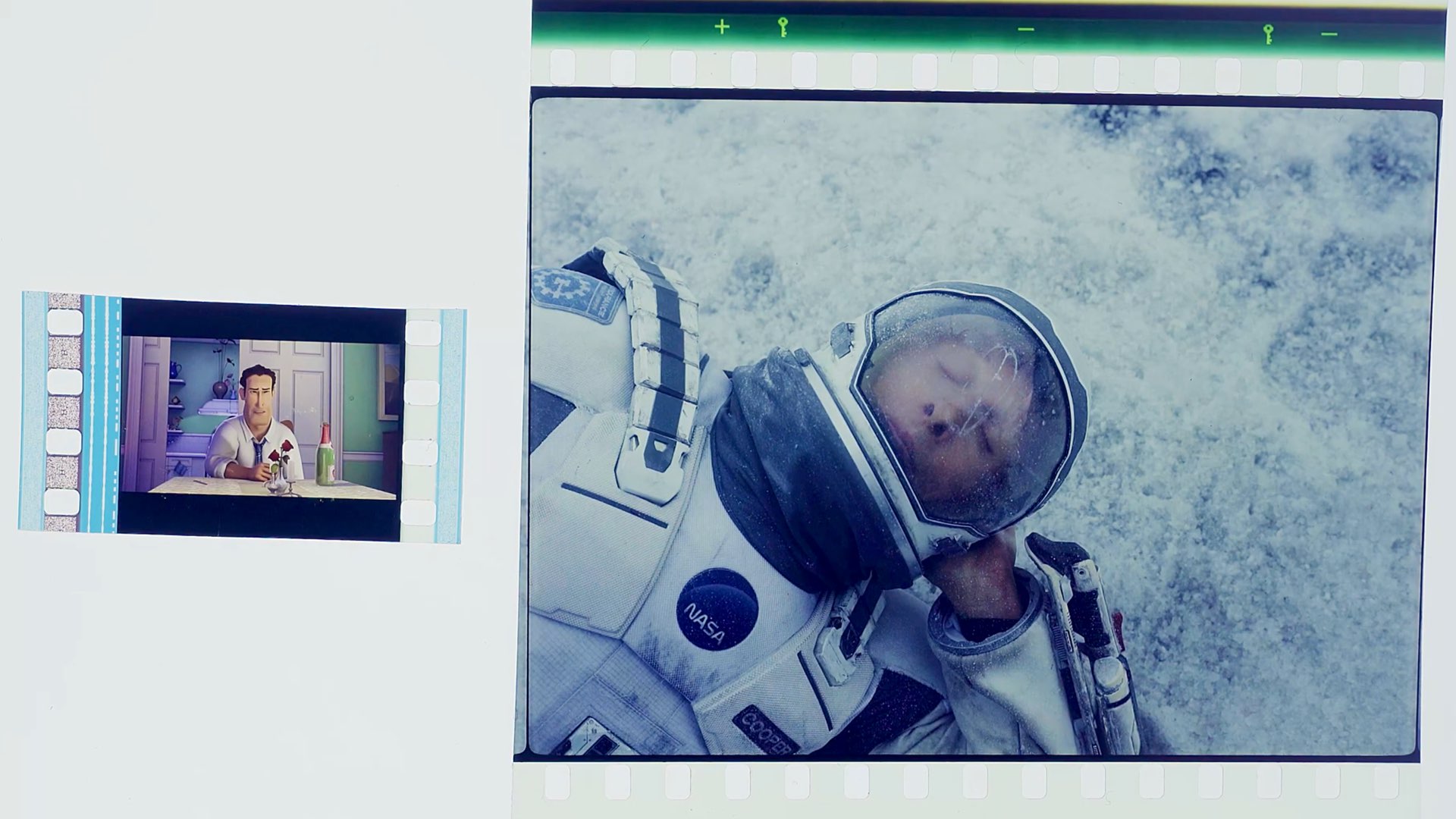
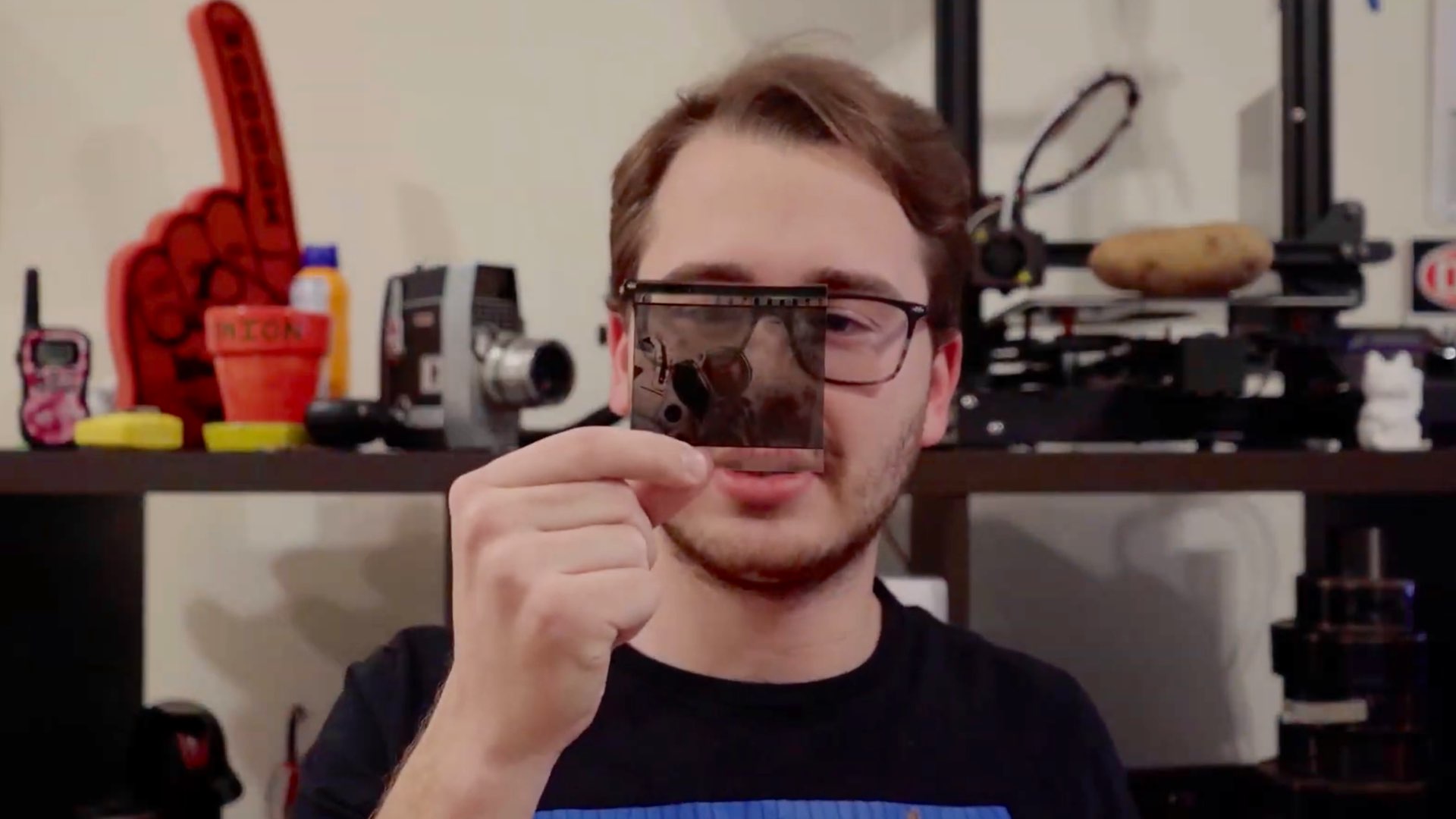
15/70 = 18K(?)
Many estimates that IMAX film is equivalent to 18K of resolution. Actually, simple math can confirm that (when compared to 4 perforations of 35mm). However, that’s true when watching the film in a real IMAX 15/70 projector, which is rare these days. According to the video, the last film that was printed to be screened on IMAX 15/70 film projector is Dunkirk, which is also, a Nolan project. However, other rumors indicate that for Tenet, there were only 13 15/70 prints playing in the entire world. Everything is digital unless otherwise noted. And another cool fact: The 163-minute Interstellar film print weighs over 270kg. Nevertheless, there’s a possibility that Oppenheimer will be released in 15/70 as well, but for a very limited number of prints (a few dozen?). If so, try and find a valid 15/70 theater to watch this masterpiece as it was intended to, because 15/70 will definitely grant you the best and most immersive 18K experience possible.

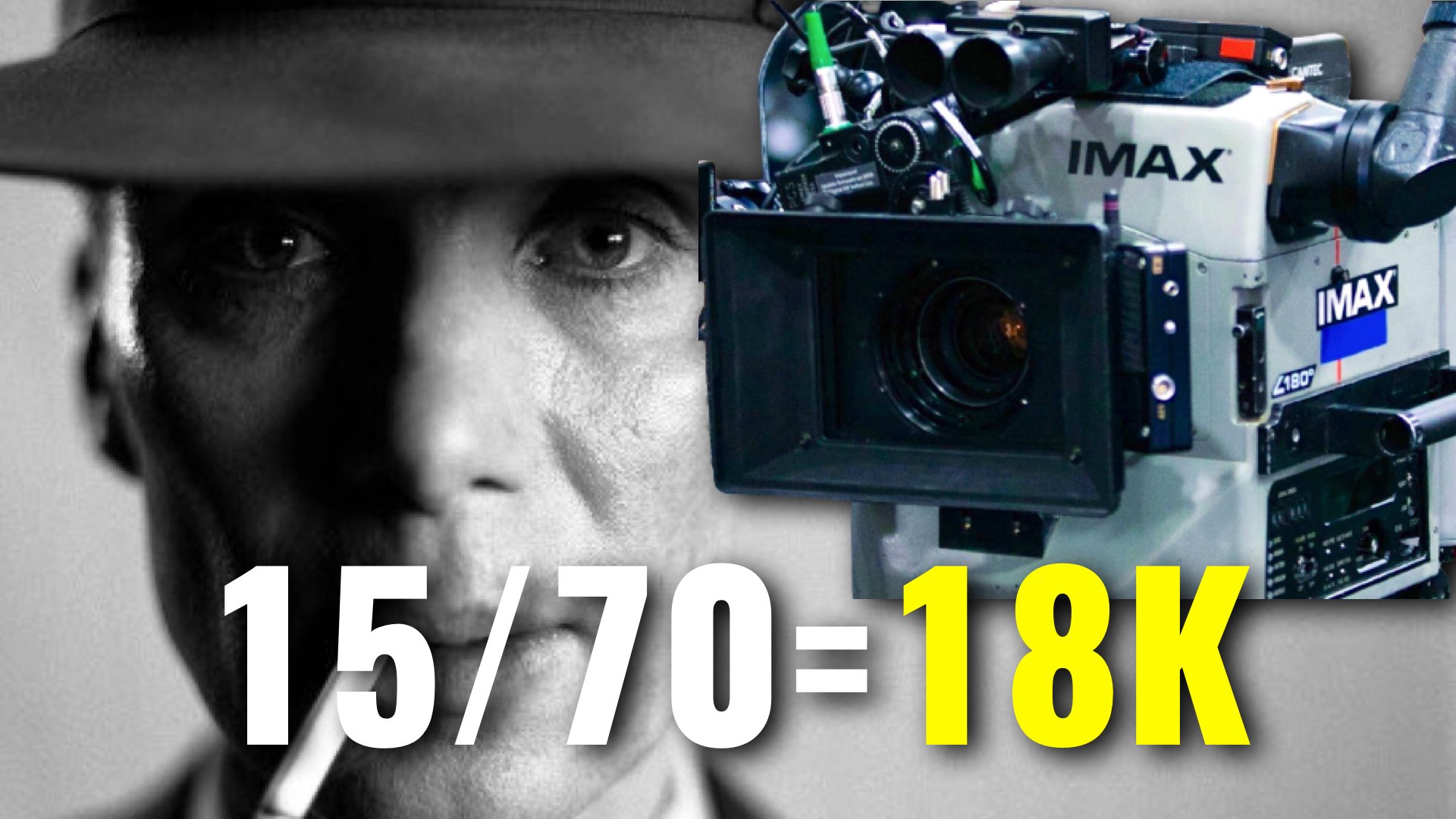


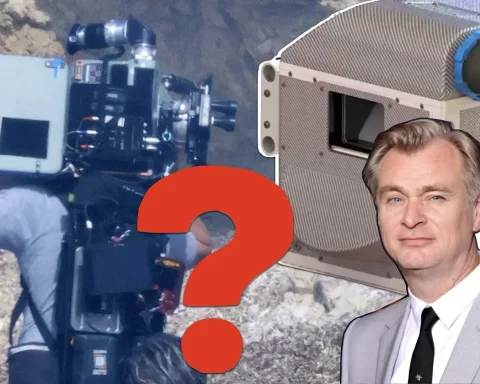
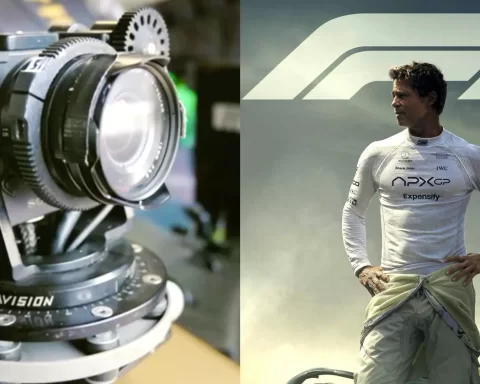
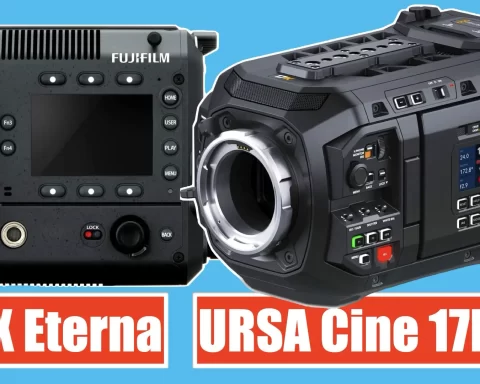
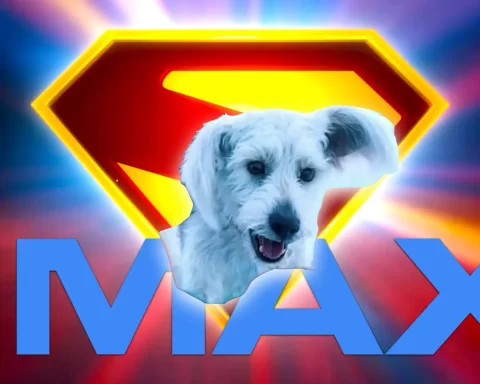

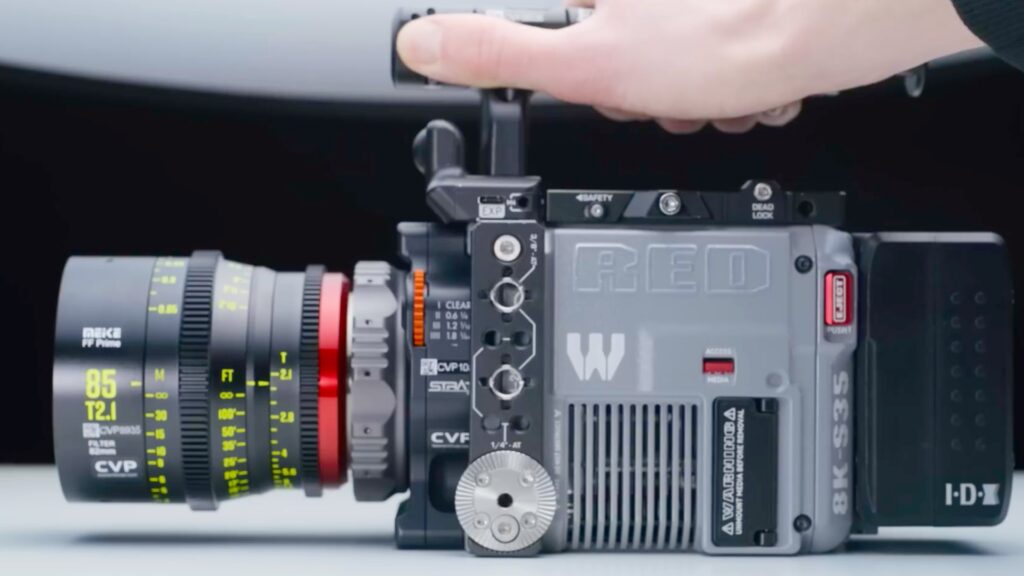

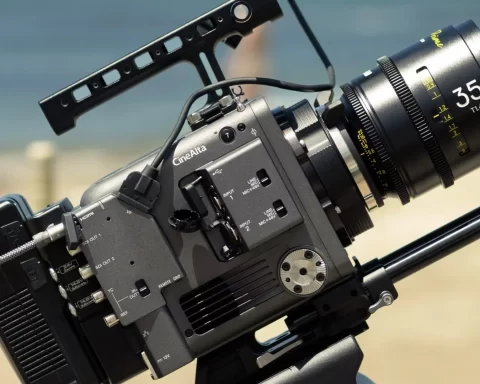

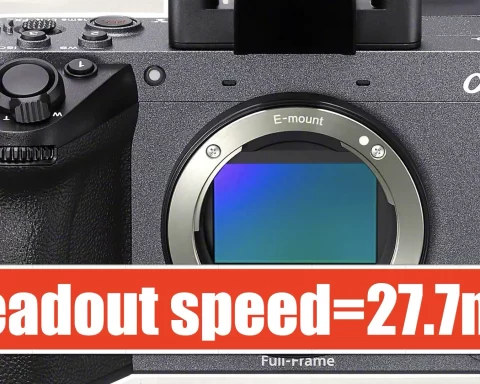


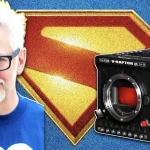
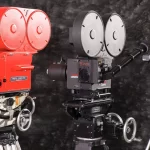
The best way to experience it is in Dolby Cinema in Paris or the Netherlands, for sure not on 70mm or something like that.
If my memory serves me well, whole Europe had only one IMAX film theatre, which was at the time of Dunkirk, and that was in London. Everywhere else in EU means digital projection, so 4k at best.
The hoops one has to jump to experience a true IMAX print of any recent are extreme and the occasion very rare above everything else.
Apart from that Yossi, if I may add, it should not be an explosive lamp, but a discharge lamp.-)
Yes I think it was the BFI London. I strongly hope that they get a 15/70 copy of Oppenheimer this year, too. It will take me a (hopefully cheap) flight from Germany this time, but I have to see it with my own eyes to talk about how it’s like to see such a movie in this format and size. My only memory is, as a small child I’ve seen a few IMAX Docus. in times where there had been theaters Germany
Yup they do, they will do a full recap of all the 15/70 of Nolan, but I dont think I can afford to go in London
Real world image quality of an IMAX image that has been shot and printed on IMAX film is probably at most 12K. Even 11K scans of IMAX frames has shown to have less detail fidelity than the Alexa65. Agreed that IMAX 15/70 on film print is one of the best looking things you will see in cinema, but that is if the film was not scanned, but printed from the negative.
Due to my experiences and math, I agree that in real life visually it should be about 12 K, and not more..provided under good circumstances. This will certainly vary from case to case. I also think that the Alexa 65 with a modern lens, has one of the best digital images possible right now. The Real bottleneck in my eyes right now, it’s on the protection side. because there was nothing over 4K even it is if it is very good 4K., we are talking here about the biggest screens of all. Personally I think indeed, a real 6K or 8K real DLP projection could get very close in real life visually, but there is none (maybe never be!)
So, still and I think also for the short future, there is nothing to come even close to IMX 15/70, because there you have your 11K to 12 K on the Canvas.
yes this is very clickbait and wrong..i shoot LF..REAL LARGE FORMAT 4×5 which is MULTIPLE times bigger than 70mm 15perf..
4×5 LF can’t resolve enough detail to beat my GFX100s in sharpness and IQ.
i dont matter if you scan 70mm 15perf in 100k or 300k..it just dont have enough IQ to compete with any modern so-called LF digital sensors.
😉 well, with moving pictures the story is a little different. 15/70 should be in real life virtually about 12 K without a doubt, this is the best technology to date.
But I love the point and agree with you, and I’M SO CUROUS for the Future because of the Existens of the GFX100 system with its Large Format 11,6K Sensor, best Color-Science (for Movie as well), and already existing Lens lineup made for that Resoulution, already capable of 4.096K24p (internal Lineskipping to 5,8K and than Oversamling to brilliant 4K right now) Video Recording. (The output right now is non-professional and would need an upgrade)
If FUJIFILM makes only one Step, which would require:
– a further Development of the Sensor to achive a faster and bigger Reaout for a OpenGate Output 11,6K and 8K
– a faster Processor to handle that
– a “H” Series called Video-centric Camerabody with active Cooling and prof. Connectors
….then we would have with a Bang the first time a real and truely Successor to 15/70 IMAX, on Camera Side, in my Eyes..
Sadly, there is no Projection system, take that on the canvas (limited still to 4K right now which is a difference on a big IMAX screen), so… till then, 15/70 recording and projecting is the holy grail.
There are 8K laser projectors if you have the $$$..Still this 70mm 15perf is a clickbait and it doesn’t have better IQ than Red V-Raptor or any other 6-8 professional cinema cameras sorry.
Of course a Raptor 8K or a Alexa 65 have astonishing IQ (i know it), but it’s question of Taste too. Some People will prefer a “unclean” and rich and more asthetic Analog Picture IQ. As you can see, modern brilliant IQ 4K Productions like The Rings of Power (just an example) look clinical and lack of a classic Movie Feeling IQ. At the End, without a well aware Post-Editor who can give an anaolg look digital material, it might gives you nothing. It’s an overall Image Impression. And at the End, there is still by far no Theater in my Mind who gives 8K DCI Presentation.. till then, nothing comes close, if you understand or not.. Anyway Customers should have both Options in the Theaters, the Projection Rooms are mostly big enough for that.